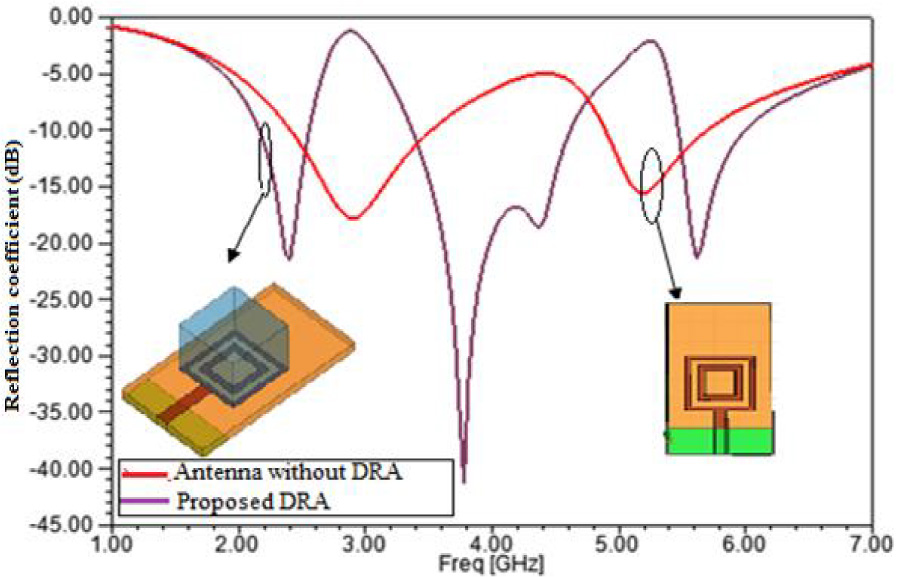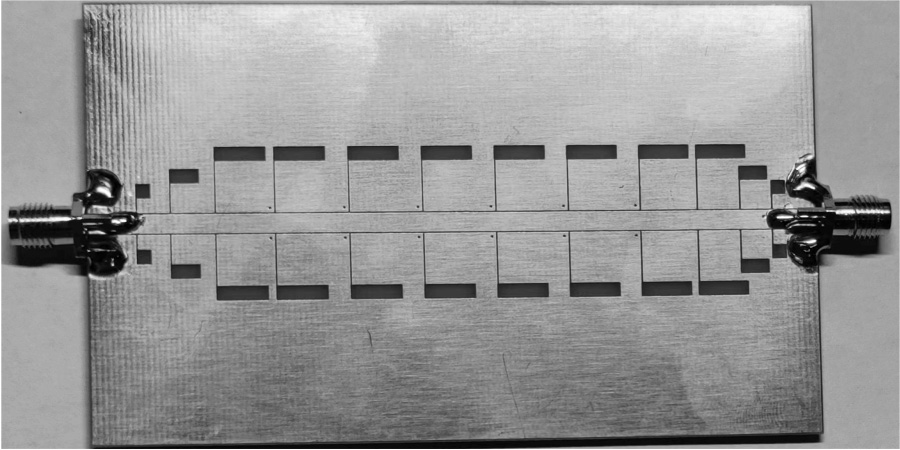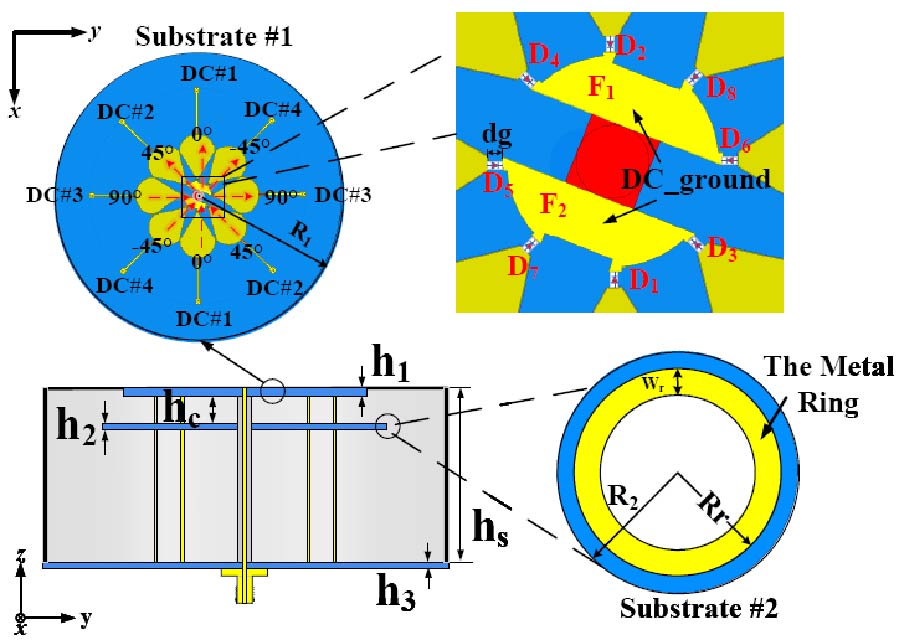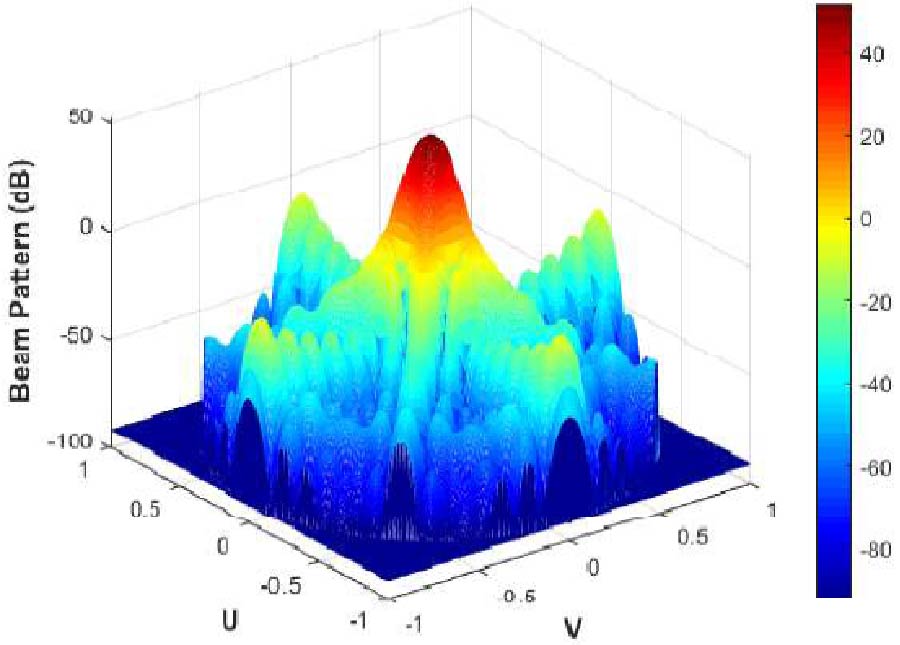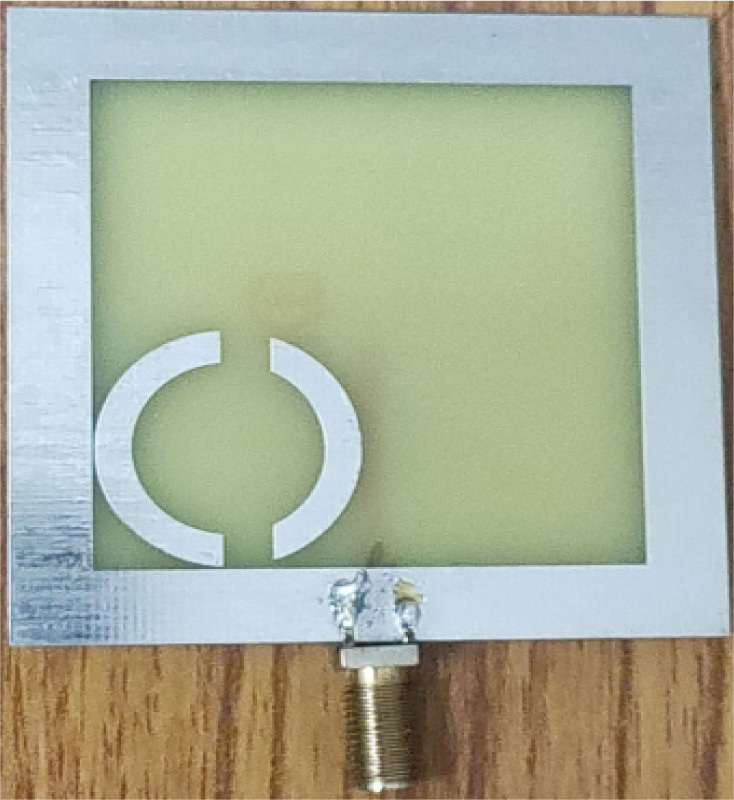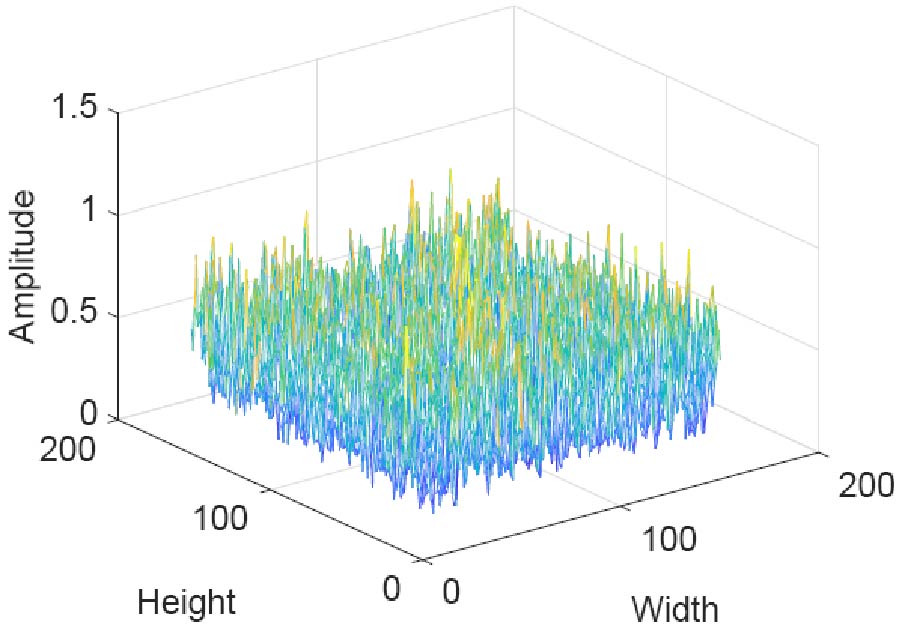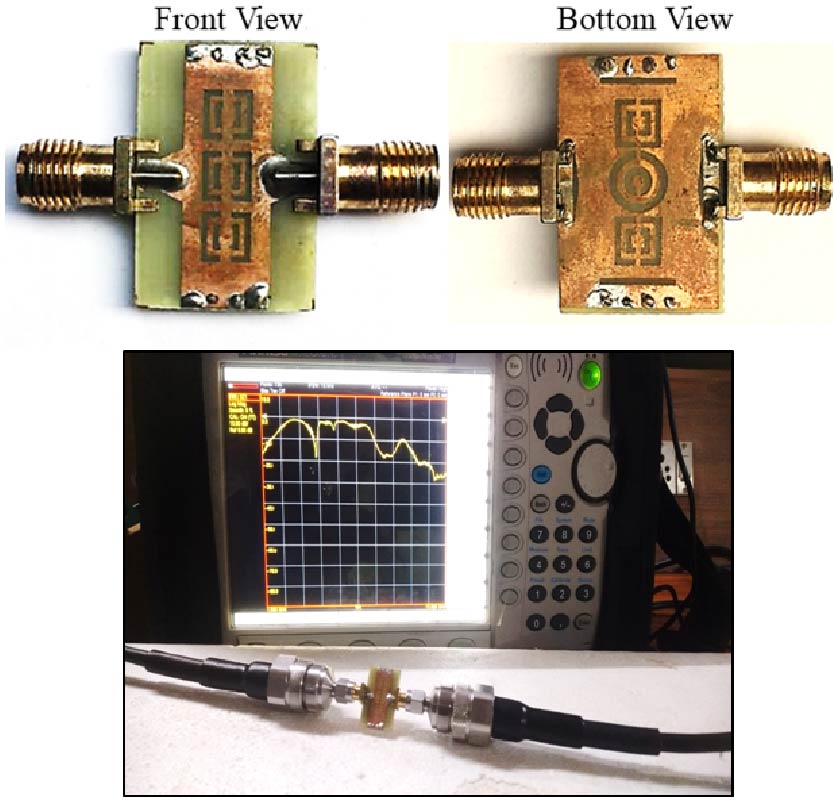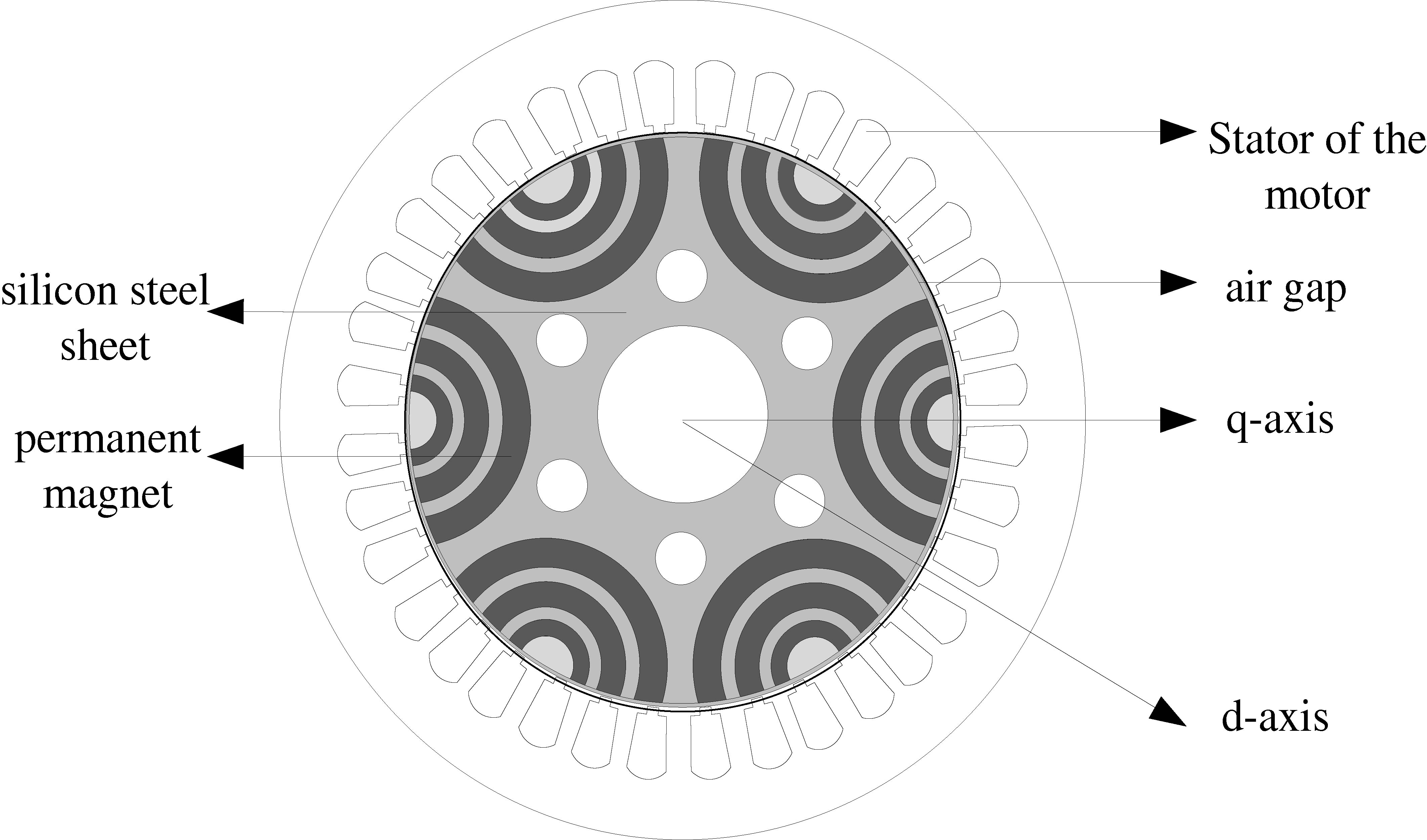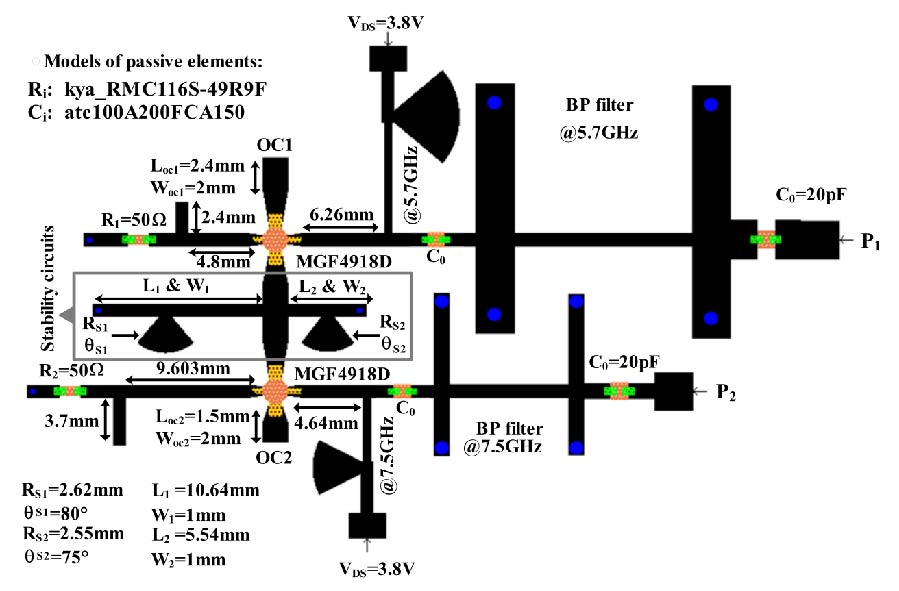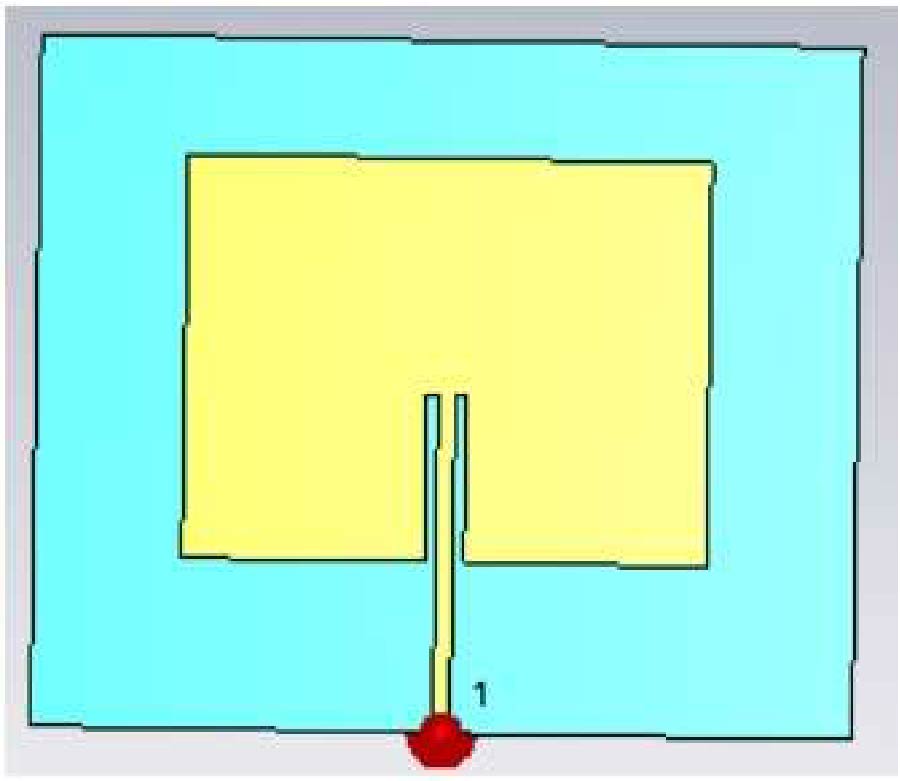Detection of Pathogens Using PET Based Microwave Assisted Irradiation to Extend Bread Shelf-Life
Govindarajan Venkat Babu
,
Arvind Kumar
,
Kumareson Anish Pon Yamini
,
Kamatchi Govindaraj Sujanth Narayan
and
Dhandapani Rajeshkumar
Prolonging the shelf life of bread through cost-effective methods becomes imperative in times of a pandemic when numerous countries are grappling with extended lockdowns. This study explores the application of microwave food processing to identify pathogens by inducing rapid, selective heating within the material. A critical issue in microwave food processing is the uneven distribution of heat, creating cold spots that amplify pathogen growth, thereby increasing the risk of foodborne illnesses such as acute poisoning, diarrhea, fever, abdominal pain, and, in severe instances, even death. In this context, we propose a method for pathogen detection using polyethylene terephthalate (PET), which involves subjecting the bread to high thermal irradiation. To achieve this, a low-profile inset-fed PET-based microstrip patch antenna operating at 4 GHz is employed to detect pathogens by analyzing variations in S-parameters. The suggested PET antenna introduces a flexible approach to pathogen detection, especially at the edges and corners, owing to the conformable choice of substrate.

